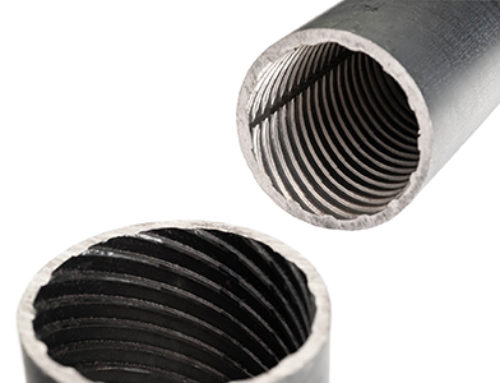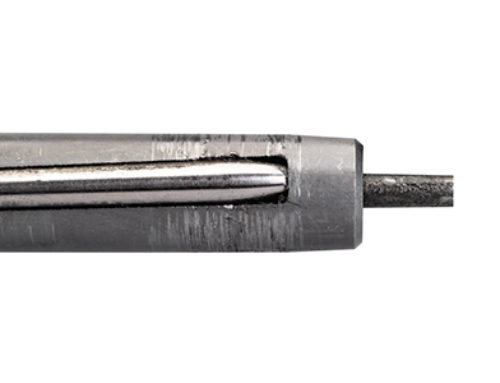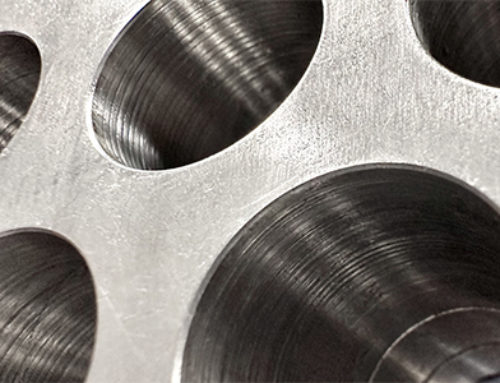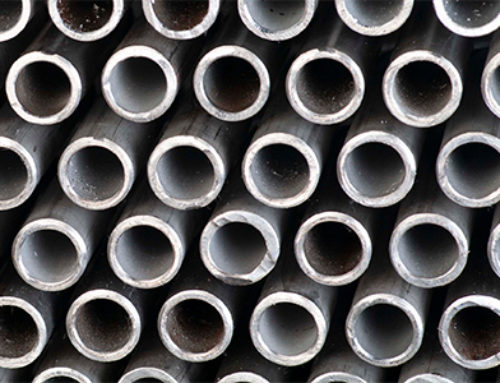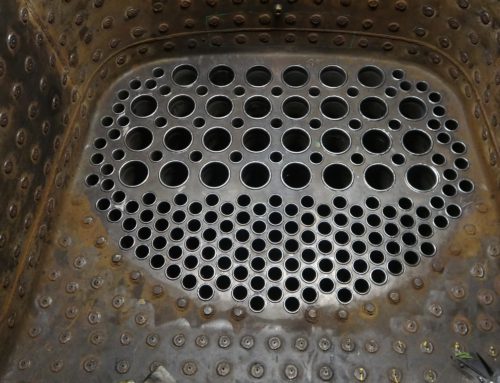Let’s Talk About Boilers: How Often Should They Be Serviced?
Whether you are an Industrial Maintenance, or Manufacturing Manager, you have a lot on your plate. The job can be quite daunting, from ensuring that machinery is running smoothly to organizing and scheduling repairs to making sure everything is up to code. But one of the most important aspects of keeping an industrial operation running smoothly is maintaining the boiler.
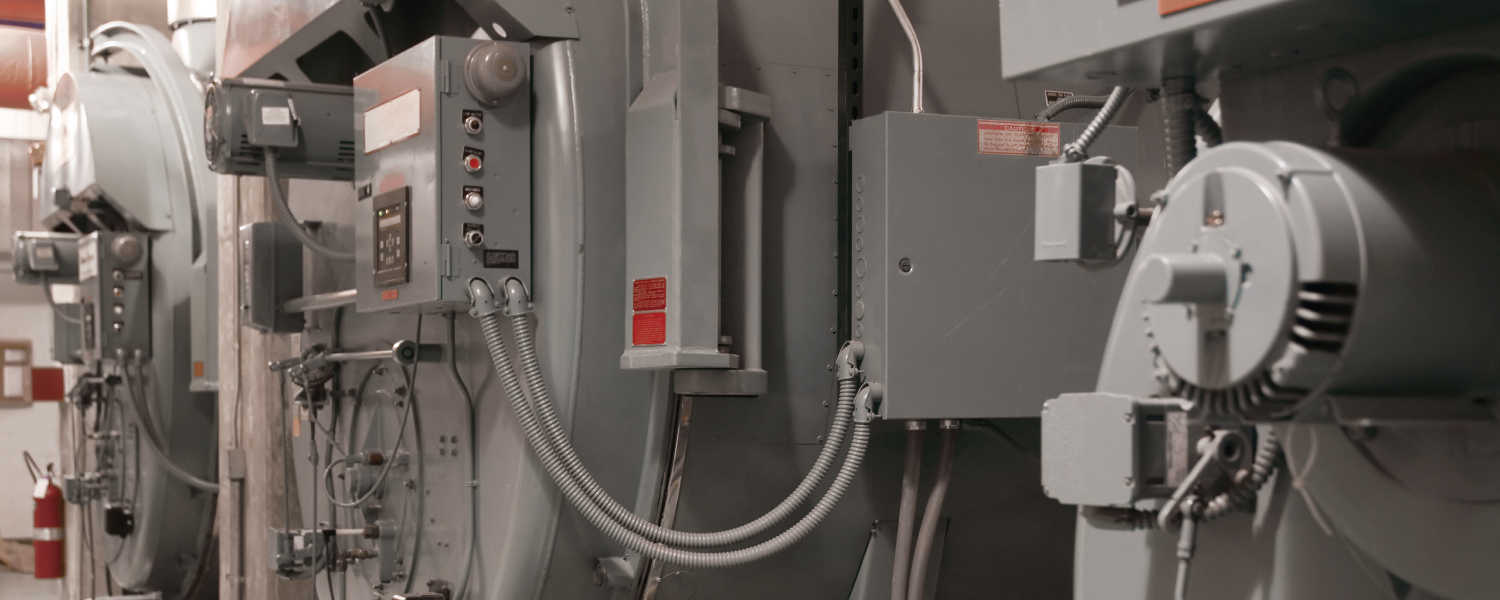
Are Boiler Inspections Necessary?
The simple answer is yes. Depending on the type of boiler, state and local regulations may require that it be inspected once a year or more frequently. These inspections are important because they determine the safety and efficiency of your boiler.
A boiler inspection typically includes a visual examination of the equipment and surrounding area and various tests to check the boiler’s performance. These inspections can help identify potential problems before they cause costly damage or pose a safety hazard.
So How Often Should You Service Your Boiler & What Will You Need?
The frequency of your boiler inspections will depend on a few factors:
- The type of boiler you have
- The manufacturer’s recommendations
- The local laws and regulations
For example, a fire-tube boiler should be inspected monthly. But a water-tube boiler can go longer between inspections – every three to six months. You should have your boiler serviced at least once a year. Yet more frequent inspections may be necessary depending on the factors mentioned above.
A qualified technician will check for signs of wear and tear during your inspection. They’ll also measure the boiler’s pressure, water level, and temperature. The technician will make sure that the boiler is operating safely and effectively.
So Here’s What The Boiler Inspection Process Looks Like
Check The Pressure Gauge And Safety Relief Valve
The first step in any boiler inspection is to check the pressure gauge and safety relief valve. These are two of the most important components of the boiler, and they must be in good working condition.
Inspect The Water Level
Next, you’ll need to check the water level in the boiler. This can be done by looking at the sight glass or gauges outside the unit. It’s important to ensure that the water level is where it should be, as too much or too little water can cause problems.
Test The Waterside Of The Boiler
After checking the water level, you’ll need to test the waterside of the boiler. This involves checking for leaks, as well as corrosion and scale buildup. You’ll also want to check the temperature and pressure of the water to make sure it’s within the proper range.
Inspect The Fireside Of The Boiler
The next step is to inspect the fireside of the boiler. This includes checking for soot and debris buildup and any signs of corrosion. You’ll also want to make sure that the burner operates correctly and has no leakage.
Test The Boiler’s Controls
Finally, you’ll need to test the boiler’s controls. This includes checking the pressure switch, thermostat, and low water cut-off. These components are essential for keeping the boiler safe and running properly.
Your Boiler Maintenance Tools Are Just One Click Away
By following the steps above, you can help ensure that your boiler is always operating at its best. At Elliot Tool Technologies, we offer you top-quality tools to perform boiler tube tool maintenance. Our staff is prepared to pack you with any missing tool, from tube expanders to rolling motors and more.
Since 1892, Elliot Tool Technologies has been a reference for quality and exceptional customer services. Contact us today and get everything you need for boiler maintenance.

